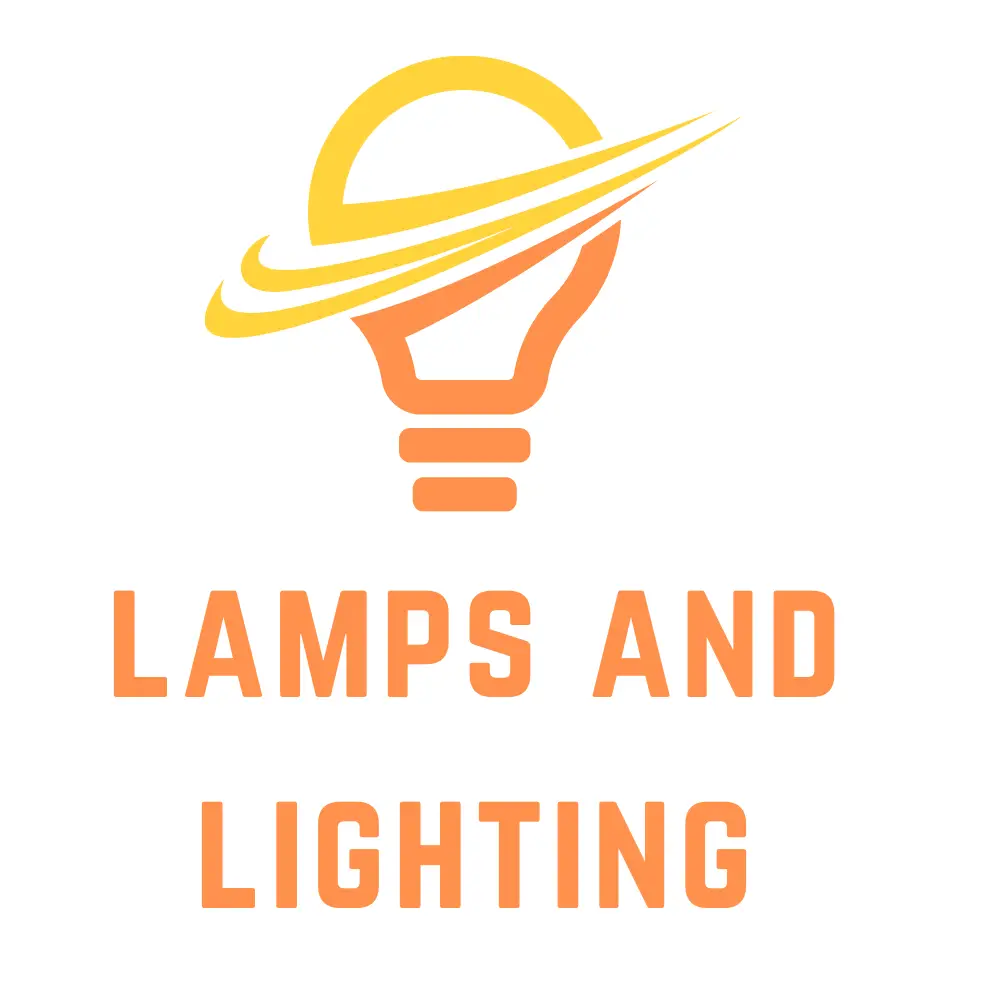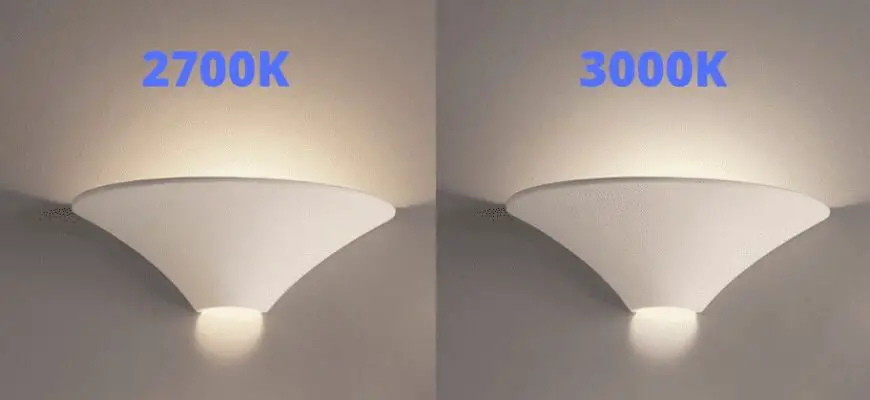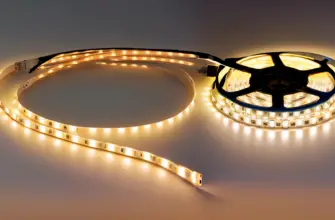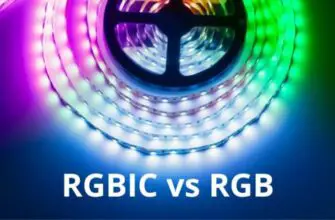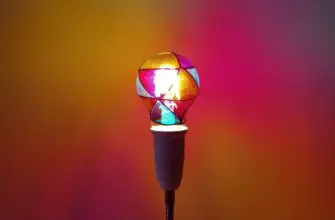Light can add a special atmosphere to your apartment, not only by simply illuminating the space but by complementing your unique room design by emphasizing pastel or bright colors of furniture.
When choosing light temperatures and light sources, many people come across 2700k and 3000k lights and do not understand which one is right for them.
If this problem is relevant to you, then this article will help you, as you can find out the answers to questions on the topic 2700k vs 3000k, for example, how they differ from each other, in what situations it is better to use them and how to choose the right one for your light into the house to improve the quality of repairs.
What is an incandescent light bulb?
2700k and 3000k Incandescent light bulb are regular bulbs that you can control with a switch. That is, the light from these lamps does not appear as a result of direct fire, but the heating of the thread inside, due to the flow of electricity. Also, these light bulbs not only produce light but also heat.
Despite their ease of use, these light bulbs require replacement to maintain good color temperatures. Compared to other light sources, the Incandescent bulb is much less durable, but what sets these bulbs apart is the amount of light they provide.

What is 2700k light?
The first thing that surprises users is what does this 2700k figure mean? The answer is very simple. This is the Kelvin temperature of the filament inside the traditional incandescent light bulbs at which the brightest light is produced.
However, the 2700k color temperature will look similar to a non-incandescent bulb. 2700k is considered the most optimal and common type of light.
2700k color temperature can be described as yellow hue as it adds a bit of yellow washed-out color during light transmission. This is especially noticeable against the background of white walls since the incandescent bulb in contrast highlights the color itself, which in 2700k stands out orangey and yellowish.
However, this color is still the most familiar, since it is considered the natural light of the filament burning inside the lamp, which is why many people prefer 2700k, as they are more used to warm and not-too-bright colors.
But, in any case, this light color will not look perfect in all types of room and wall colors, because of which you need to understand in advance whether the yellowish tint will fit into your home.

What is 3000k light?
3000k light bulbs are closer in color rendering to cold color temperatures. They are characterized by a pure and clear white color, which will be especially noticeable in dark interiors since with the help of contrast, the light color will stand out very much.
However, at the same time, the color temperature does not turn into too cold tones and most often remains within warm white lights.
Most often, 3000k light is emitted by halogen bulbs, however, in any case, you may have noticed the emission of 3000k from spotlights. Because of this, some users might have the opinion that 3000k is not suitable for the home and the usual pastel interior.
If you like clarity and whiteness, for example, if you have a job that requires good lighting, then 3000k will suit you. Even if you want to keep your home warm while doing this, you can choose 3000k bulbs that will be in the warm color range, but you won’t find yellowish shades among them.

Differences between 2700k and 3000k light bulbs
Finally, we come to the main question, what are the differences between 2700k VS 3000k light bulbs? To start with, it’s true that if you’re in a room where 2700k and 3000k are used, it’s unlikely you’ll be able to tell any difference unless you look closely, so these tubes can only differ in performance.
Degrees
Firstly, the burning temperature of the 3000k filament lamp is higher than the 2700k filament, which is why they are divided into two categories of cold and warm colors.
However, it still won’t show much if two lamps are used at the same time, but when choosing, if you prefer cool or warm undertones, you can judge based on this information.

Color rendering
Secondly, color reproduction is also a separate aspect, namely, what shades are shown by two lamps. 3000k may show a slightly warm tone, but you will still notice light bluish tints. Whereas the 2700k clearly shows a warm tone with accentuated yellow or orange tints.

Blue light hazard
For many people, it becomes a fear of using 3000k because of the fear of the so-called harmful blue light, which is why they choose 2700k with warm white, but is blue light compared to other color temperatures really dangerous and is there a difference in using blue light exposure by 3000k and 2700k?
Let’s start with what exactly blue light can emit. Most often it comes from gadgets, which it is believed that it directly affects the deterioration of vision.
However, its biggest and most noticeable drawback is the effect on the production of chanson melatonin, which is why people after long contact with this color may have problems sleeping.
Although, it has been proven that with such light and its moderate use, people become more active and it is easier for them to be efficient for a long time.
3000k, due to the color temperature, emits more blue light than 2700k, which also needs to be taken into account when choosing a light bulb.
But it’s hard to say that if you use a 2700k you will be much less affected by blue light because in the first place the 3000k doesn’t put out too much blue light, and secondly, the 27ook bulb is not far behind the 3000k in producing blue light.

Usage of CRI (color rendering index)
The color rendering index is a calculation that shows how well artificial light can replicate the work and effect of natural light. This is necessary so that when choosing a light bulb, you understand whether the furniture will remain the same color under the lighting that it was before or whether it will change.
The higher the color rendering index, the better the luminaire will emphasize the color of objects.
And the most surprising thing is that CRI is not always directly dependent on the ignition temperature of the filament. That is, even if you have a 3000k light bulb, it is not a fact that it will render the colors of objects well if the light itself has a low color rendering index.

When should you use a 2700K light bulb?
The color temperature of 2700k bulbs can be defined as warm light fixtures. Because of this, in the case of using 2700k, you need to consider what you will use the room for, and where you install the light with such a color temperature.
Warm white lights are ideal for rooms with additional light resources, such as a living room with a TV or a library with floor lamps or table lamps. Also, 2700k light brings out the light colors of wood and fabric wallpapers well.
When should you use a 3000k light bulb?
The question arises, how to use a 3000k bulb, whose color temperature range does not have a wide variety of soft white? 3000k color temperature rating may be described as cold, but useful for work.
Soft white color temperature can interfere with your work, as you will not see fine details clearly, while 3000k light color temperature does not distort the picture in front of you and helps, with the help of emit light, to see what is in front of you in high quality. The 3000k is best for cabinets, offices and studios.
Usage of both 2700k and 3000k light bulbs
After we figured out in what conditions exactly 2700k and 3000k can be used, however, despite the difference in color temperature, these two types of light bulb can be used together.
Below you will find information on how exactly you can connect using 3000k and 2700k bulbs.
Kitchen
The kitchen, especially if this one room combines both the kitchen and the dining room, can be a pretty good place to install lamps with different filament-burning temperatures.
For example, above a workspace, like a stove or a countertop, you can install 3000k bulbs to improve visibility, and above a table or refrigerator, make more ambient lighting from 2700k bulbs.

Bathroom
Also, you can install 2700k and 3000k lights together in the bathroom. For example, above the sink, you can do 3000k to see your face clearly in the mirror. And above the bath or shower, you can install 2700k so that it does not irritate your eyelids.

Contrast
Finally, you can combine soft white or warm white with crisp white lighting to bring out the uniqueness of any object in your room. For example, install a bright 3000k light above the picture, and equip the rest of the room with warm white or soft white 2700k paws.
FAQ
What is better 2700K or 3000K?
In the question “2700k VS 3000k” the answer will be individual for each. If at home you just want to relax and you are a fan of a slightly muted yellowish color, then 2700k will suit you. But if you are an active person at home or just like clear and blue-white lighting, then of course 3000k will suit you better.
Which is a warmer light 2700K or 3000K?
The higher the filament burning temperature in Kelvin, the colder the shade will be, that is, 3000k will have a colder color temperature range than 2700k, however, this does not mean that 3000k will be completely cold, as there are colors of these lamps with slightly warm shades, which are slightly similar to 2700k
What is 2700K light good for?
2700k light, thanks to its warm range of color temperatures, is ideal for bedrooms or living rooms, that is, rooms where you relax, as such light will not irritate eyes with closed eyelids with its brightness. However, this light will not be very good for libraries, for example, as it can be harder to read with this light than with 3000k.
Is 3000K too bright?
3000k is the opposite light that is still in the warm range, however, 3500k and above may seem too bright for some, which is why they are used most often in professional settings, such as art exhibitions.

Conclusion
Before choosing the lighting, you should analyze which color temperature will not only emphasize the style of your home but will also be comfortable for you.
We hope that after reading this article you have a better understanding of the topic “2700k VS 3000k“, you know what these degrees Kelvin represents. Also, you know the main differences between these light sources and in which interiors they are best used.
Read also: Can you leave a lava lamp on all night and what are the consequences?
